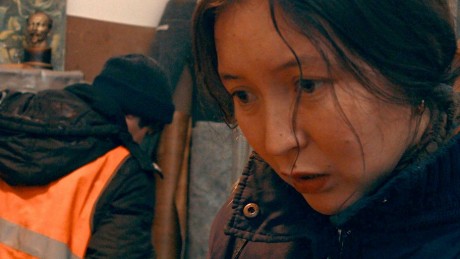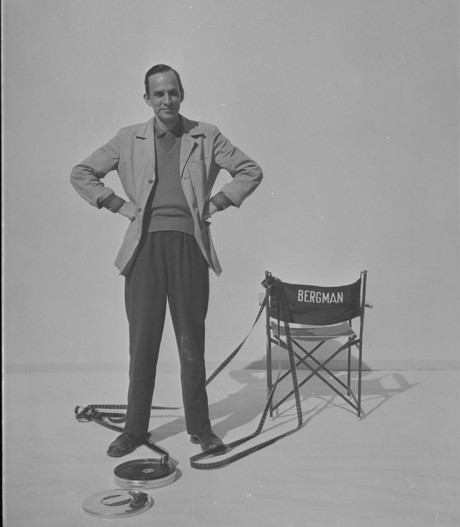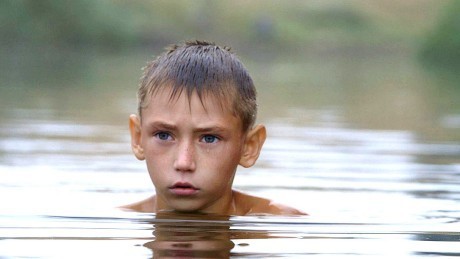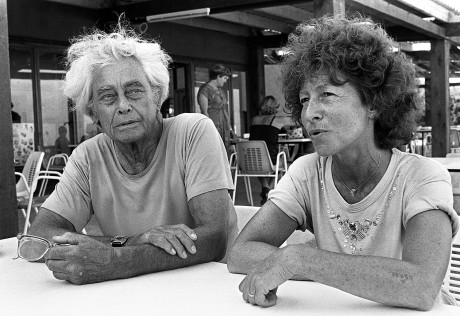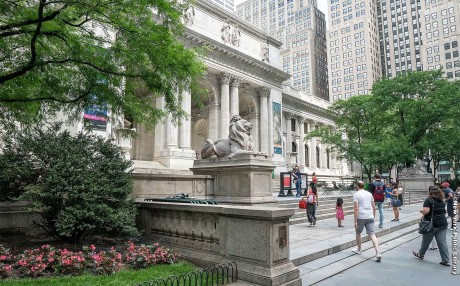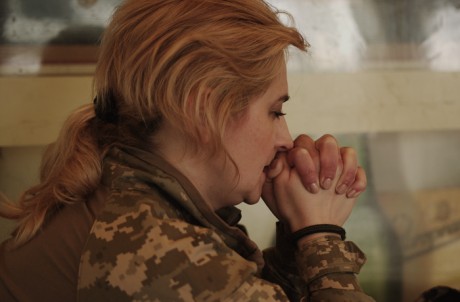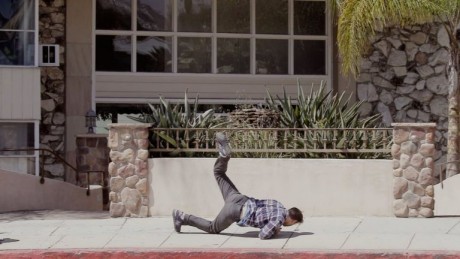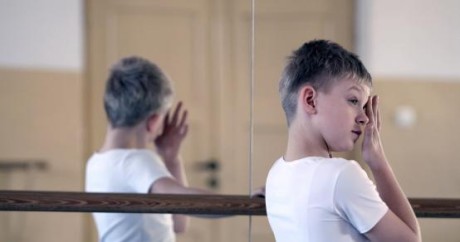


Jargil og Sønderby Jepsen: Julebrødrene
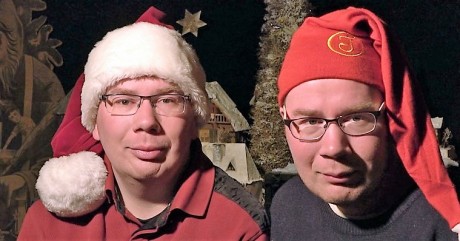
Mira Jargils og Christian Sønderby Jepsens Julebrødrene “er en karakterbåret film, der går tæt på to unikke individer. Samtidig er det en fortælling, der berører almenmenneskelige temaer som ensomhed, løsrivelse, eskapisme, drømme, angst for at miste, længslen efter anerkendelse og efter at bidrage. Og så er det for os en film om at drømme om mere, end man har, og om at kunne mere, end man tror…”, sådan skriver de to instruktører om deres film som havde biografpremiere i Brørup for tre dage siden og tv-premiere på TV2 i går. Den kan nu ses på TV2 Play.
Og selvfølgelig er det en julehistorie som min barndoms i Historiebogen, børnenes julebog, nej, alligevel kun tilsyneladende, for Jargils og Sønderby Jepsens film er langt mere ambitiøs. Men den er altså som historierne i den gamle julebog, en karakterbåren fortælling om menneskenes fælles temaer, den er godt nok naiv som disse historier eller rettere dens to medvirkende mænd er naive, men imidlertid tror jeg, vrai naive.
Inde i filmen er der en fortælling mere om filmens fortælling. Brødrenes mystiske reklamemand forelægger dem en Fugl Føniks historie hvor de og deres drøm går op i flammer, men genopstår som to julenisser i vokskabinet skikkelse og størrelse i en sådan udstillingssal. Det pitch, den synopsis og det treatment køber jeg, for digteren og folkloristen Eske. K. Mathiesen skriver jo at ”den græske historiker Herodot omtaler den egyptiske Føniks og senere forfattere tilføjede brændings- og genopstandelsesmotivet, som de kristne kirkefædre derefter greb og sleb til. Gennem folkebogen Physiologus fik Føniks i middelalderen en plads i kristen dyresymbolik, idet dens sjældenhed, frivillige død, opstandelse og evige liv samt dens kyske forplantning uden parring gjorde den oplagt som symbol for Kristus. ” Sådan er Julebrødrene et nyt magisk juleeventyr om at drømme stort og purpurlysende og – sådan er det også – omhyggeligt helt uden om julekrybbens virkelighed. Den fortælling og dens artefakter er ikke en del af brødrenes univers, det har reklamemanden fattet, og de to museumsbyggere er betagede og rørte over selv at træde ind i metamorfosen. Det er bare én af filmens række af ægte gribende, cinematografisk omhyggeligt skildrede scener, som jeg sådan husker og husker og formes af fra Jargils og Sønderby Jepsens værkrække hver for sig og samlet. Brødrene forstår deres missions omfang og de pointerer herefter udtrykkeligt i deres markedsføring, at de selv indgår som dele af samlingen, når publikum besøger den.
Og det er så hvad der sker i filmen efter al modstanden i flere plotpunkter og –forløb i flere lag nøjagtigt og dygtigt klippet efter den gældende fortællemodel og slutter med: den lykkelige åbning af den gamle gårds forvandling til barnlig drøm med de to auteurs til stede som levende voksfigurer blandt de mekanisk bevægede i en forunderlig leg med virkelighedens virkelighed.
Danmark 50 min.
LITTERATUR OG LINKS
Mira Jargil og Christian Sønderby Jepsen: Julebrødrene, streaming af filmen på TV2 Play:
Eske K. Mathiesen: Føniks i Den Store Danske, Gyldendal. Hentet 19. december 2018 fra
http://denstoredanske.dk/index.php?sideId=81432
FILMKOMMENTAREN.DK: Mira Jargil – samlede blogindlæg om hendes film:
http://www.filmkommentaren.dk/blog/blogpost/2167/
FILMKOMMENTAREN.DK: Christian Sønderby Jepsen – samlede blogindlæg om hans film.
